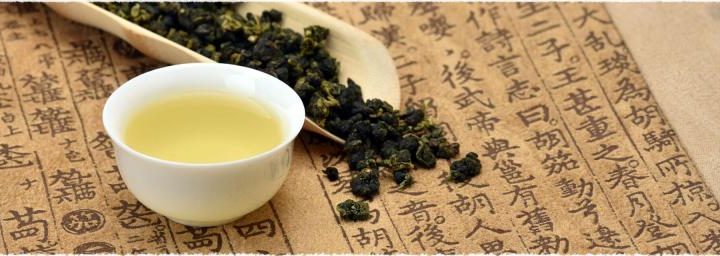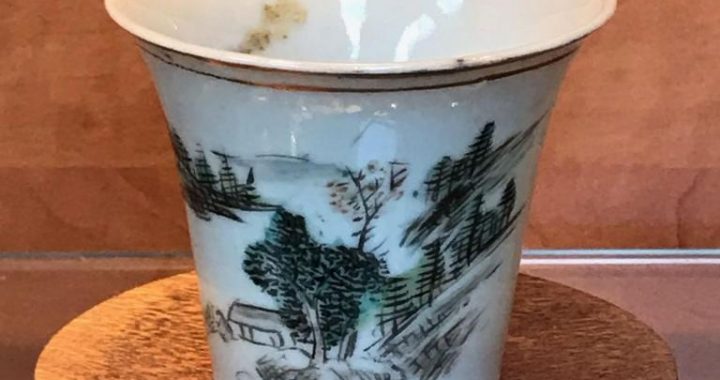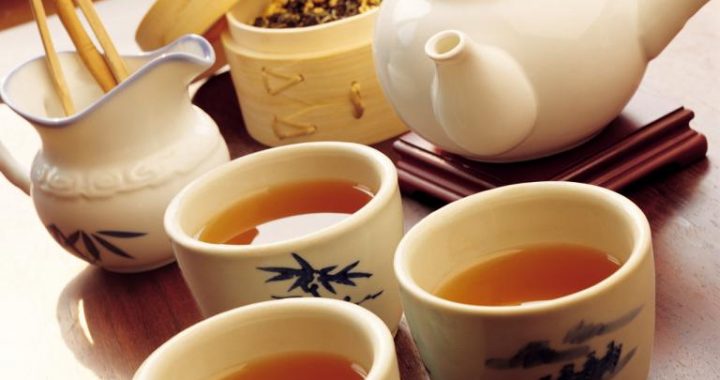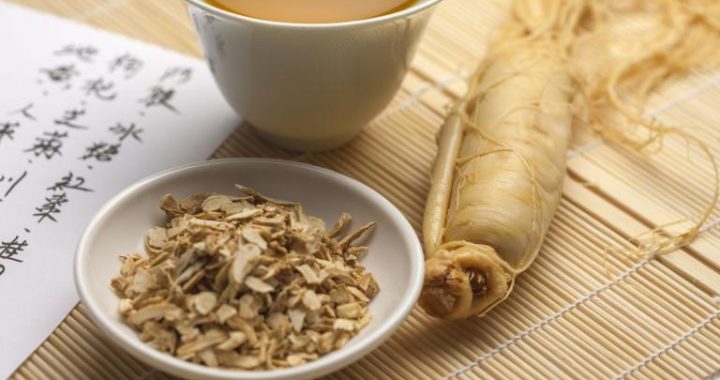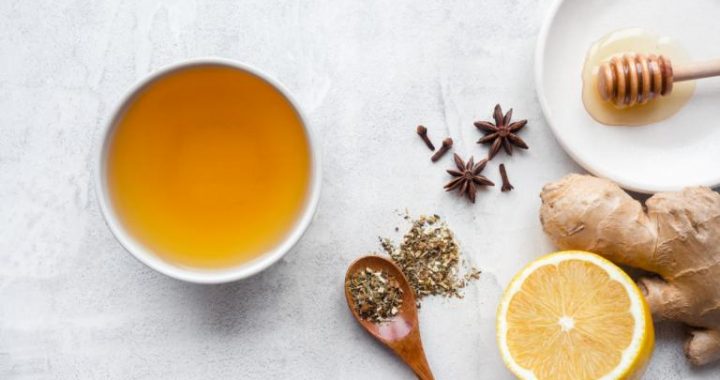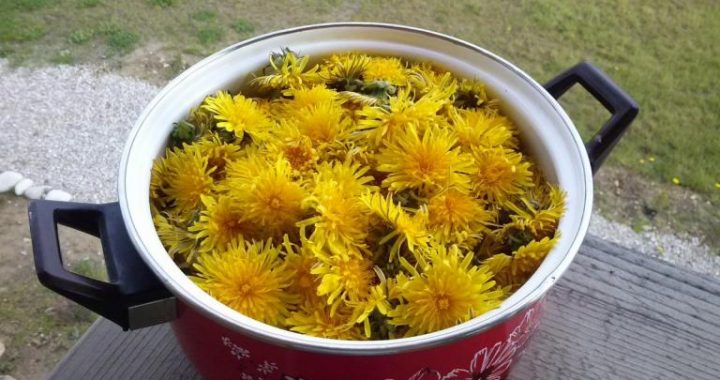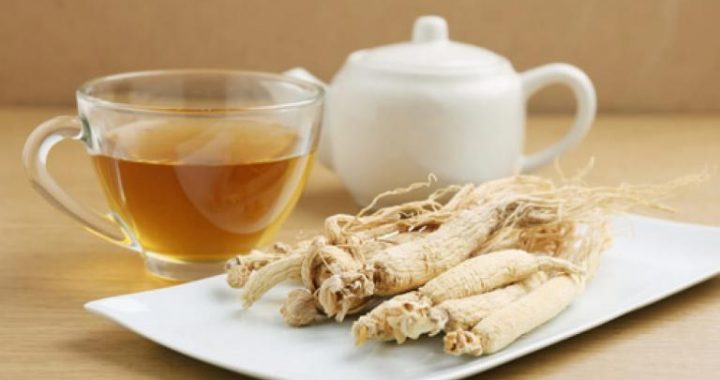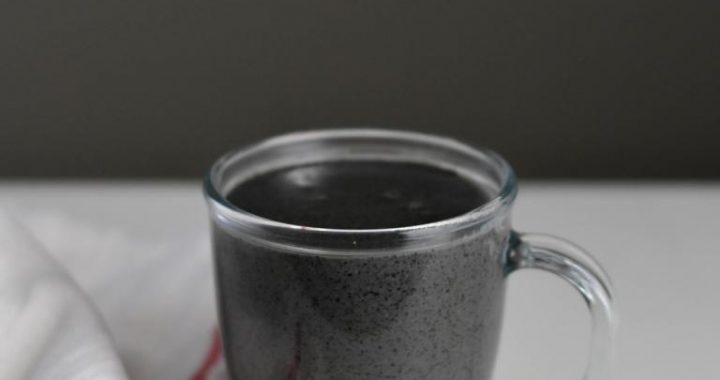The Prosperity of Tea Houses
2 min readBecause of the advocacy of the emperor in the Song dynasty, the tea drinking trend was even more prevalent, and went deep into common people’s life quickly. Tea became one of the necessities in people’s life. With the prevalence of tea drinking, the teahouses of the Song dynasty also became very popular. There were teahouses in almost all the cities and towns, and they began to be independent from the wine shops and restaurants. According to the historical records, many teahouses appeared in Kaifeng and Hangzhou, the capitals of the Northern Song dynasty (960~1127) and the Southern Song dynasty (1127~1279), and the local cantons, which people could get a basic idea from the Upper River during Qing Ming Festival, painted by Zhang Zeduan of the Song dynasty.
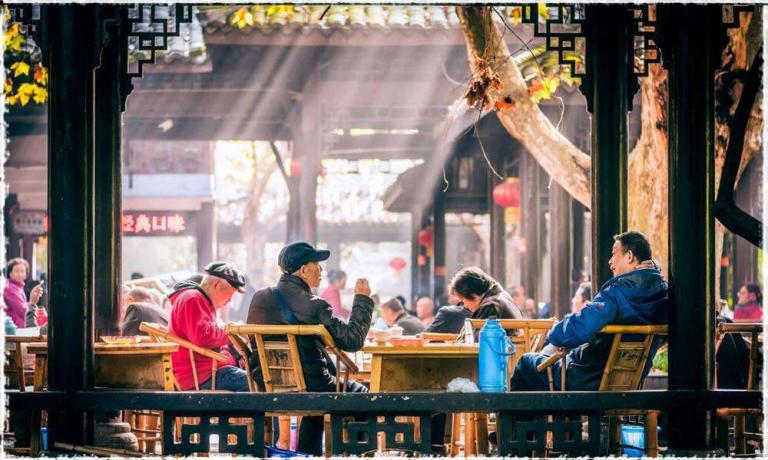
Although the teahouses in the Song dynasty were quite prevalent, they were the products of folk tea culture after all. However, folk people were a class of a larg number and different identities. Due to their differences in origin, education and wealth, their needs varied. In order to satisfy their needs, the teahouses would certainly be diversified and tinged with the color of ordinary citizens, and some even deviated from the basic and original principle of teahouses. However, it was just this kind of openness that accomplished the teahouse culture in China.
Therefore, at the beginning when the teahouse culture appeared, it didn’t belong toelegant culture; popularity, entertaining, openness and tolerance were the spirit of teahouse culture, and this was also the reason that when tea culture began to decline in many fields in modern China, the teahouse culture that represents the folk tea culture could still prosper increasingly.
Although the teahouses in the Song dynasty were not in the prime time, they generally established the foundation of the traditional Chinese teahouse culture. Though presented different kinds of styles and features, the teahouses in the Yuan dynasty, the Ming dynasty, the Qing dynasty and even in modern time, generally didn’t go beyond the pattern of the teahouses in the Song dynasty.

